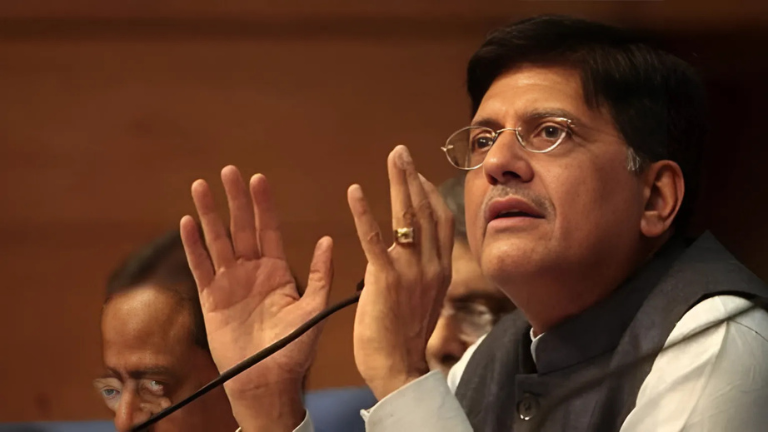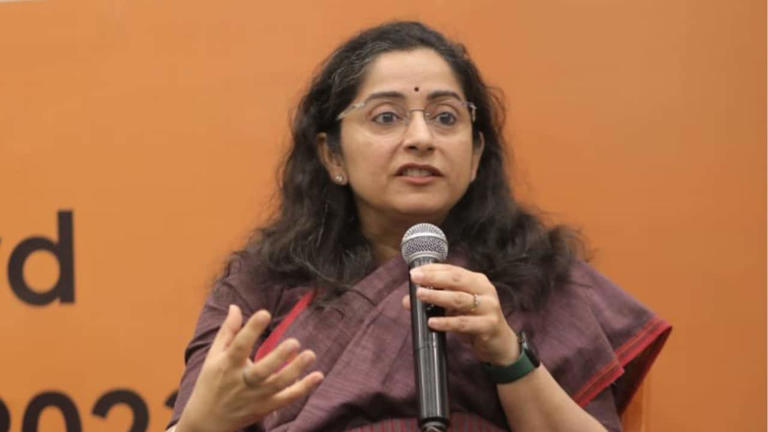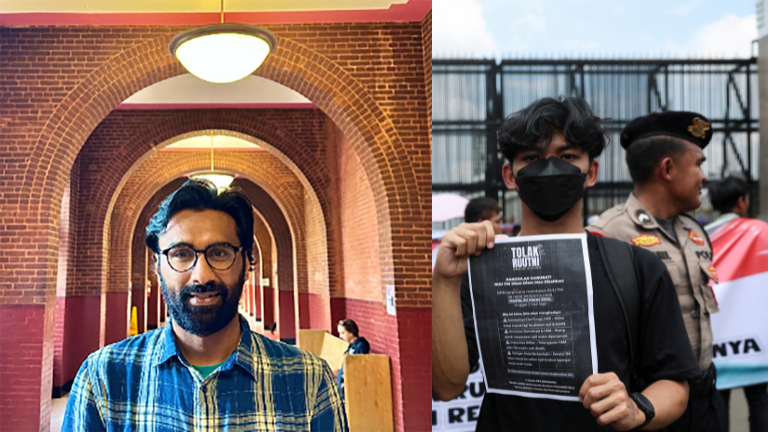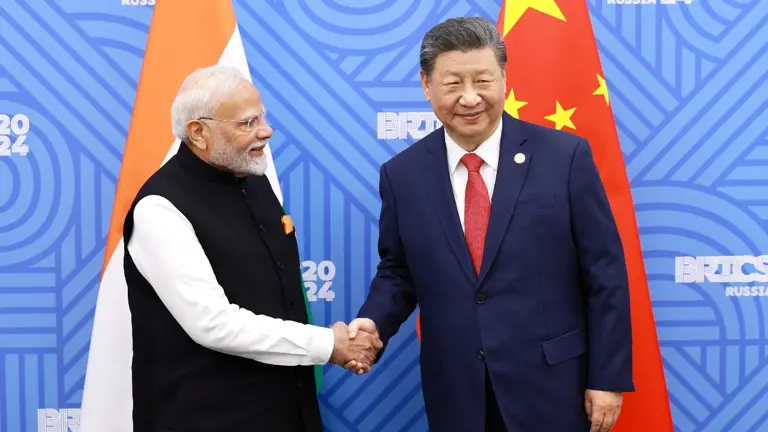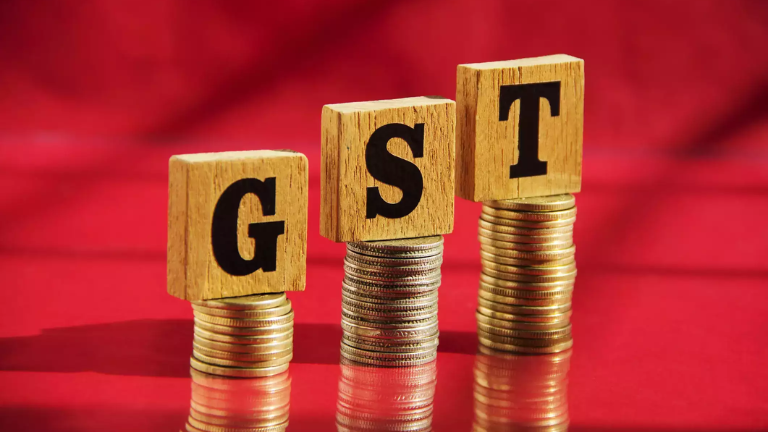India Engages with US Amid Fears of Reciprocal Tariffs Impacting Key Sectors
As the April 2 deadline for reciprocal tariffs imposed by the United States approaches, concerns among Indian exporters are rising over the potential impact on US-India trade relations. Key industries—including automobiles, leather, textiles, electronics, and pharmaceuticals—are bracing for potential tariff hikes, which could make Indian goods less competitive in the lucrative US market.
In response, the Ministry of Commerce and Industry assured Parliament on Tuesday that the Indian government is actively engaging with the US to eliminate tariff barriers, address non-tariff restrictions, and improve US-India trade relations. The Lok Sabha session saw government officials emphasize their commitment to ensuring that India’s exports remain competitive despite the evolving trade policies of the Biden administration.
US Tariff Concerns: What’s at Stake for India?
The US remains one of India’s top trading partners, with bilateral trade exceeding $190 billion in 2024. The introduction of reciprocal tariffs could negatively impact several Indian industries, particularly those reliant on duty-free or low-tariff access to the US market. Any disruption in US-India trade relations could have significant consequences for these sectors.
Commerce Minister Piyush Goyal, who recently concluded a trade visit to Washington, is now holding high-level consultations with Indian exporters. Industry stakeholders are expected to present their concerns regarding tariff concessions that may be offered to the US as part of ongoing negotiations to stabilize US-India trade relations.
The urgency of these discussions increased after former US President Donald Trump, in a statement last Friday, claimed that India had agreed to reduce its tariffs after being “exposed” for having restrictive trade practices. US Secretary of Commerce Howard Lutnick also remarked that India must open its agriculture sector for US imports if it seeks fairer trade relations. These developments have added pressure on Indian negotiators to protect US-India trade relations while balancing domestic economic priorities.
India’s Response: Diplomatic and Strategic Negotiations
Addressing the Lok Sabha, Minister of State for Commerce and Industry Jitin Prasada clarified India’s position:
✅ Reciprocal tariffs have not yet been implemented—negotiations are still ongoing.
✅ India is focused on securing better market access, reducing barriers, and deepening supply chain integration.
✅ The US is conducting an investigation into trade agreements, and no immediate action has been finalized.
Prasada elaborated on the US’s recent trade policy shifts, stating:
“On February 13, 2025, the US government issued a Memorandum on Reciprocal Trade and Tariffs, directing the US Department of Commerce and the US Trade Representative to investigate the impact of non-reciprocal trade agreements on American industries. A report with recommendations for each trading partner will be submitted before any further action is taken.”
As of now, India has not been targeted for immediate reciprocal tariffs, but industry experts believe that Washington’s review of trade agreements could lead to new trade restrictions, which might strain US-India trade relations in the coming months.
Tough Trade Negotiations Ahead: A Bilateral Pact on the Horizon?
According to government sources in New Delhi, discussions between India and the US are laying the groundwork for a potential bilateral trade agreement. While officials hope to finalize a pact by autumn 2025, they have emphasized that no rushed compromises will be made. Each product category and industry concern will be carefully analyzed before India commits to any trade concessions.
A joint statement released on February 13, 2025, reaffirmed both countries’ commitment to strengthening US-India trade relations. Under the ambitious “Mission 500”, India and the US have set a target to double their trade volume to $500 billion by 2030 through enhanced cooperation across multiple industries.
Despite these efforts, analysts warn that the US may still push for further tariff adjustments, especially in sensitive sectors like agriculture, pharmaceuticals, and technology. Indian negotiators will need to balance domestic economic interests with the need to maintain smooth US-India trade relations.
Global Trade Turmoil: US Expands Tariff Actions on Canada and Mexico
In a separate move on Tuesday, former President Donald Trump announced an additional 25% tariff on steel and aluminum imports from Canada and Mexico, signaling a further escalation in US trade protectionism.
The decision sparked market turbulence, with Wall Street experiencing one of its worst trading days since 2022. Investor sentiment has been shaken by concerns that the US trade policy could disrupt global supply chains and trigger retaliatory actions from affected nations. These changes could have indirect consequences for US-India trade relations, making it even more critical for India to secure a favorable agreement.
Government’s Stand: No Immediate Trade Tariff Agreements Yet
Commerce Secretary Sunil Barthwal, speaking before a Parliamentary Committee on External Affairs, confirmed that:
🔹 Negotiations between India and the US are ongoing, with no final agreement on tariff adjustments.
🔹 The Indian government is actively engaging with stakeholders, including industry representatives, to assess the best course of action.
🔹 Foreign Secretary Vikram Misri also provided updates on India’s trade relations with China and the European Union, underlining the complex global trade environment that India must navigate.
Key Takeaways: What’s Next for US-India Trade Relations?
🔸 April 2 deadline: Indian exporters are preparing for possible tariff changes.
🔸 India’s strategy: The government is seeking to negotiate fairer terms without conceding too much.
🔸 US trade policy under review: The results of the US investigation will determine whether reciprocal tariffs are imposed.
🔸 Bilateral trade agreement prospects: Talks continue, but finalizing a deal will take time.
As the deadline approaches, all eyes will be on Washington’s next move and how it shapes the future of US-India trade relations. The coming months will be crucial as India navigates diplomatic challenges and trade negotiations to secure a favorable economic outcome. 🚨

